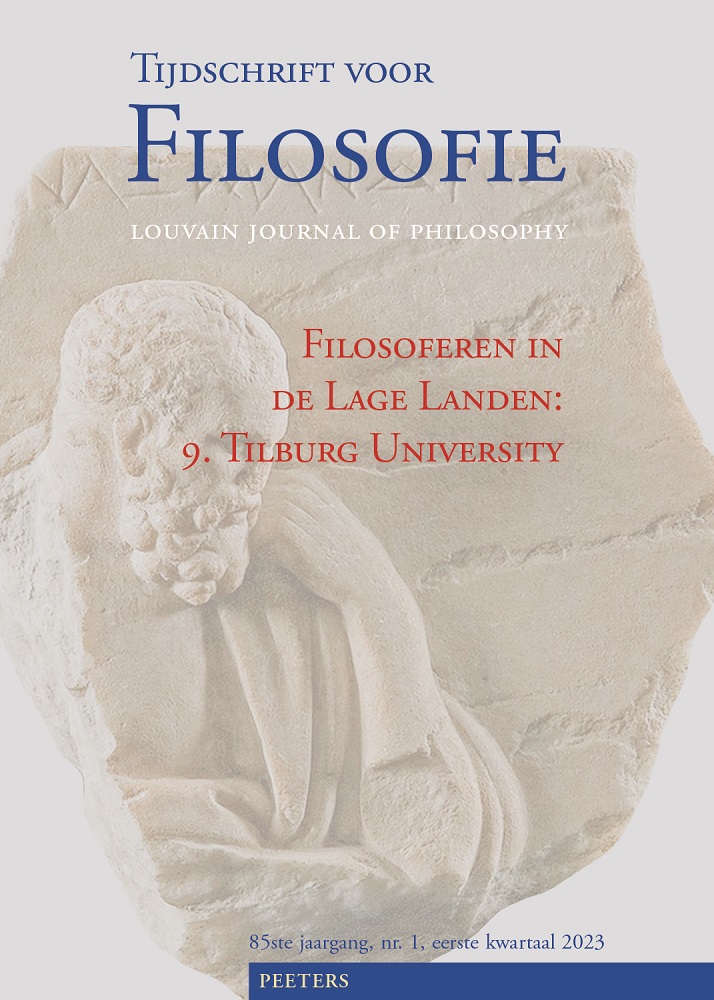 previous article in this issue previous article in this issue | next article in this issue  |

Preview first page |
Document Details : Title: Nietzsche's Philosophy of Hatred Author(s): SIEMENS, Herman W. Journal: Tijdschrift voor Filosofie Volume: 77 Issue: 4 Date: 2015 Pages: 747-784 DOI: 10.2143/TVF.77.4.3139383 Abstract : This essay examines Nietzsche’s thought on hatred in the light of the realist and perfectionist impulses of his philosophy. Drawing on remarks scattered across his writings, both unpublished and published, it seeks to reconstruct the 'philosophy of hatred' that, as he himself observed, 'has not yet been written'. In §1 it is shown that hatred is a necessary ingredient in Nietzsche’s dynamic and pluralist ontology of conflict. Hatred plays an indispensable role in the drive to assimilate or incorporate other life-forms into life’s struggle for expansion and self-overcoming. According to Nietzsche’s philosophical physiology, hatred is greatest where struggle and the resistance to assimilation are greatest; that is, among (more or less) equal powers. It is also distinguished from revulsion and contempt, since these are attached to the process of excretion, not assimilation. What is more, since genuine hatred serves to assimilate what is more or less equal, it is bound up with love, understood as attraction and the desire to appropriate what we wish to make our own; this is one of several ways in which the opposition between love and hate is overcome. But for Nietzsche, hatred can take a variety of forms, and his distinctive claim is that it need not be a destructive force, but can take creative forms. Two different forms of creative hatred are then examined: an active agonal hatred inter pares that allows for an affirmative pride in one’s enemy (§3); and the reactive hatred of the 'spirit of revenge' that gives birth to slave morality (§4). Attending to Nietzsche’s argumentation on the etymological relations between 'hatred' and 'ugliness' (Hass and hässlich as 'hateworthy'), one can distinguish (1) genuine hatred inter pares, affirmative and creative, from (2) contempt (Verachtung) towards what is inferior from a position of strength, and from (3) hatred-as-ressentiment towards what is superior (hässlich as 'evil') from a position of weakness (§3). Nietzsche’s analysis of the creative hatred that gave birth to slave morality reveals its destructive core in the 'imaginary revenge' that degrades its noble opponent, raising the problem: How to respond constructively to the necessity of hatred and conflict implied by Nietzsche’s ontology? In the final section (§5), two responses to this problem are considered: on the one hand to seek ways to 'improve' hatred by drawing on its idealising powers for constructive ends; on the other hand, to use physiological self-knowledge to correct the errors intrinsic to hatred and cultivate an episteme beyond love and hate. These responses can pull in different directions, but they can also be co-ordinated in a way that addresses the realist and perfectionist impulses in Nietzsche’s philosophy. |
|


